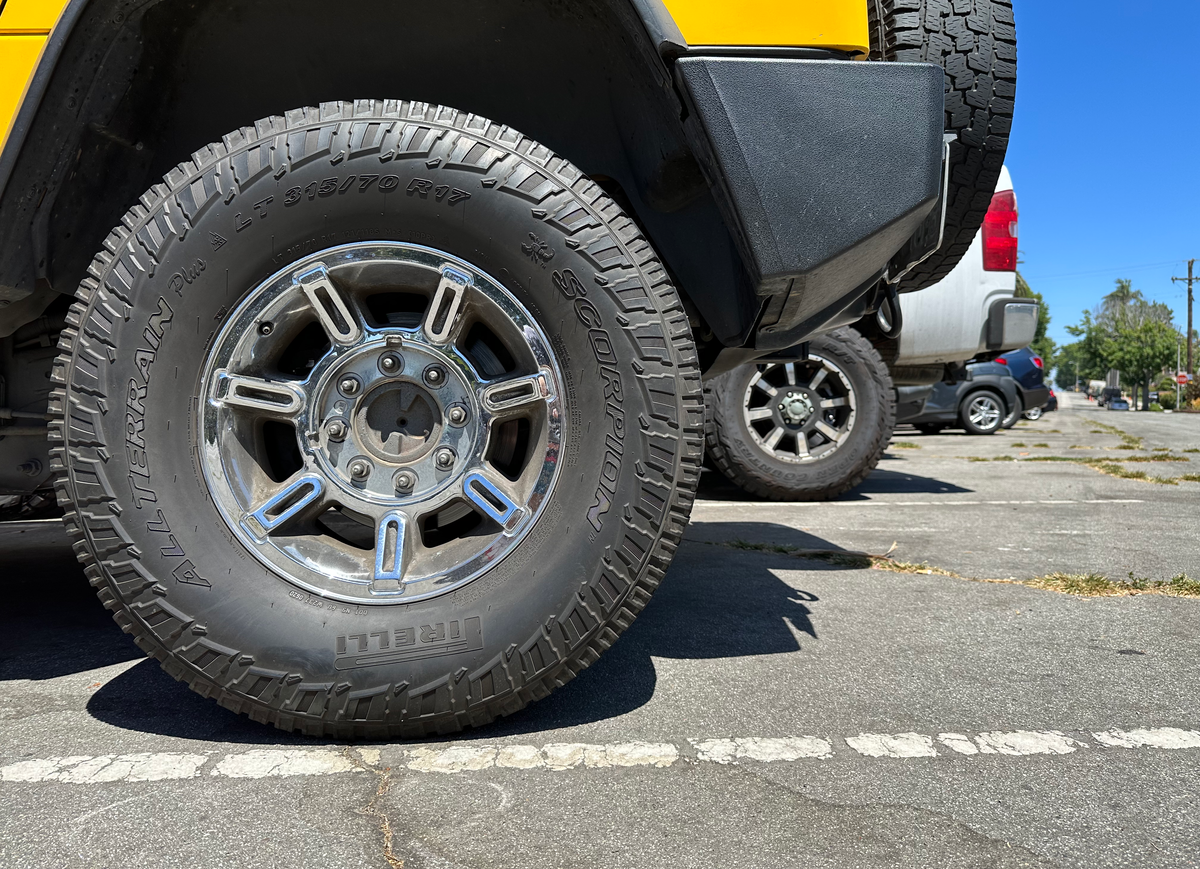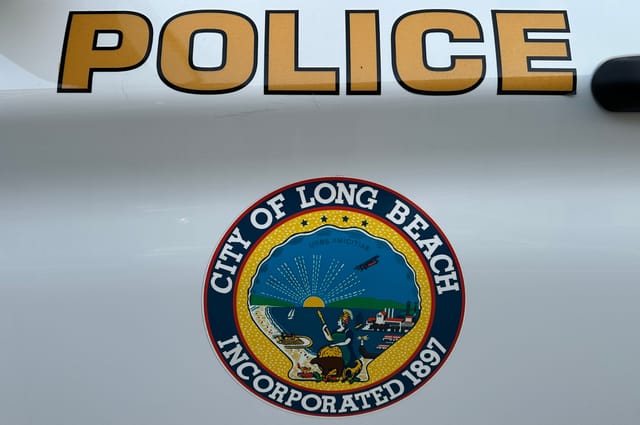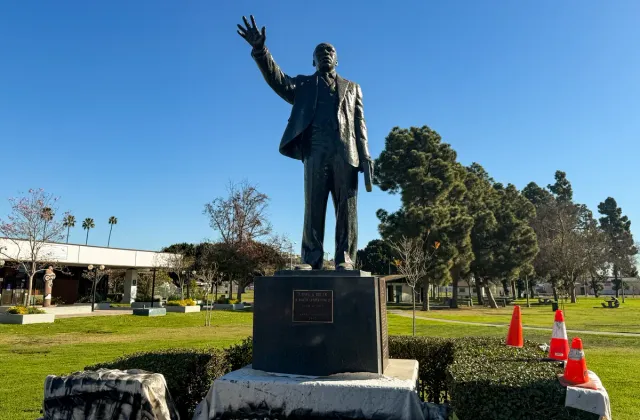The roads are never getting fixed
Cars are getting bigger and heavier, and doing more damage to streets than ever. The city simply can’t keep up.

In 2024 the city of Long Beach will repair or rebuild 130 “lane miles” of road for roughly $71 million, including the “Complete Streets” projects on Artesia Boulevard and Market Street in North Long Beach.
The timeframe for this process varies depending on the road, according to the city’s Public Works Department. Local streets only take about three months, while arterial roads could need more than two years.
Rebuilds like the Artesia and Market projects could take even longer, and, in the meantime, more streets are getting torn apart.
Contrary to popular belief, gas taxes and registration fees don’t come close to covering the price we pay to support car infrastructure. According to Bloomberg’s CityLab, “Tens of billions of dollars in general taxpayer money” is actually what pays for the upkeep of our interstate system.
Long Beach voters approved a ballot initiative in 2016 known as Measure A that implemented a 10-year sales tax increase to fund public infrastructure like these street repairs.
While plenty of that money was spent on the police and fire departments rather than infrastructure, eight years later we are seeing the results. Prices are marginally higher, but very few roads have been fixed.
At some point, we have to realize this is a Sisyphean task. It’s like playing a never-ending game of whack-a-mole, but there are more moles every minute. We simply can’t keep up with the pace of road destruction anymore without bankrupting the city.
“The city owns and maintains 1,012 miles of City streets, inclusive of alleys,” Lan Pham-Jenkins, an administrative analyst for Public Works said in an email.
Long Beach would have to match 2024’s level of spending and repair for seven years to get to all 1,000+ miles of road. Of course, by that time there will be more streets to fix all over again. This isn’t sustainable, even if we keep increasing the sales tax.
One big reason this problem is getting worse is that the vehicles people drive on our roads are getting bigger and heavier, and doing more damage.
The Department of Transportation says that, “A fourth power relationship between axle load and pavement deterioration” is the rule of thumb. This means doubling the weight of a vehicle increases the damage it does to roads by a factor of sixteen.
The road damage calculator is a tool that uses this rule to show the relative damage from different vehicles. For example, a smaller car, like a Volkswagen Golf or Ford Fiesta, does far less damage than a pickup truck like a Ford Raptor.
According to the calculator, it would take six trips in the smaller car to equal the same damage as one trip in a pickup truck. That’s a big difference!
But this tool also lets you compare even lighter vehicles–like bikes and e-bikes–to cars and trucks, and shows the relative damage.
For example, It would take 413,020 trips (no, that’s not a typo) on an electric cargo bike to equal the same amount of road damage caused from a single trip in a Range Rover.

You would have to do the same journey on your e-bike every day for more than a thousand years to equal the damage caused by a single trip from a Range Rover.
If Long Beach wanted to invest in transportation that doesn’t actively destroy our infrastructure then we should be building more bike lanes and safe bike routes around the city.
We can actually afford to build and maintain paths and roads for bikes. We can’t afford to keep putting band aids on the problem.
We need your support.
Subcribe to the Watchdog today.
The Long Beach Watchdog is owned by journalists, and paid for by readers like you. If independent, local reporting like the story you just read is important to you, support our work by becoming a subscriber.





